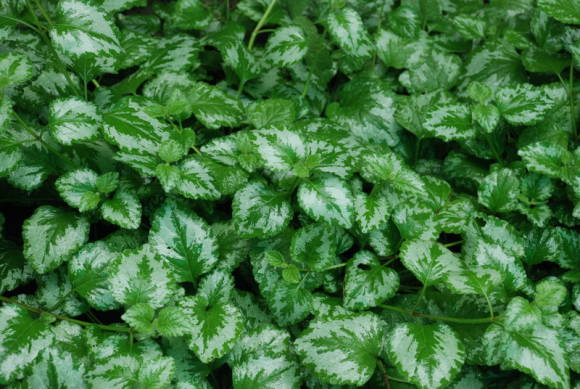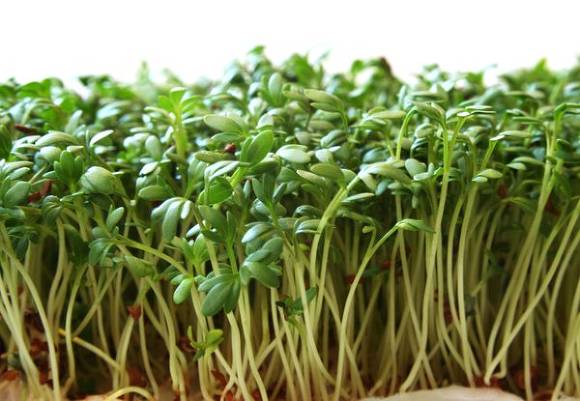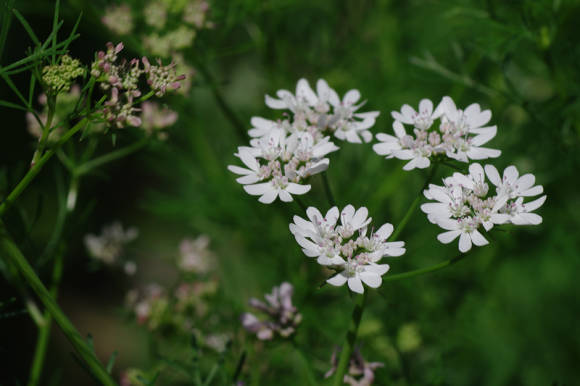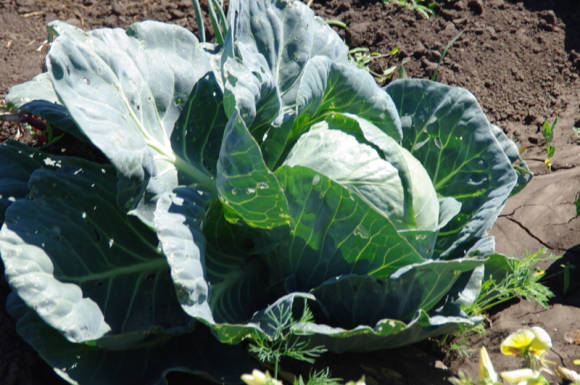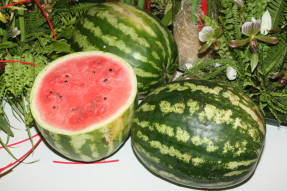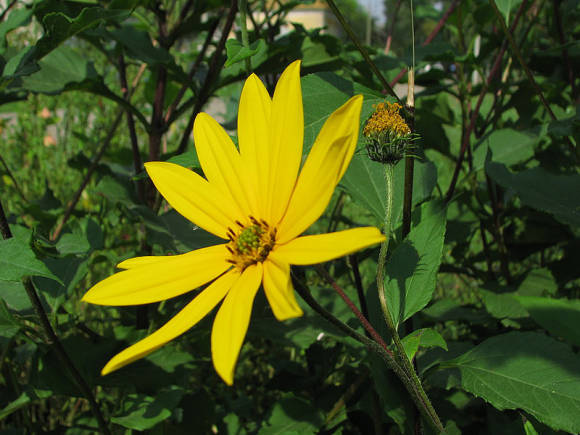The turnip onion is ready for harvest when it starts to lodge a mass of leaves. Under favorable natural and climatic conditions, this usually occurs by mid-August.

The size of the crop, its quality and keeping quality of the bulbs largely depend on the correctly chosen harvesting period. The maximum amount of nutrients is accumulated in the bulb at the time of lodging of the leaves. During this period, the false stem softens and loses its elasticity, which means the end of plant growth, the bulb has formed and acquired a color characteristic of this variety.
An early harvested onion does not have time to form covering scales, its neck remains thick, open, pathogens easily penetrate the bulb through it even in the garden bed, which leads to large losses during further storage. Late harvesting also has a negative effect on the keeping quality of the onion. in overripe bulbs, dry scales crack and fall off, roots re-grow, which reduces the onion's resistance to diseases. Such bulbs are not suitable for storage in winter.

In a wet summer, if the time for harvesting onions is right, and you see that it is not yet ready for harvesting (green leaves, thick neck, bulbs without colored scales), the ripening process can be accelerated on your own. There are quite a few popular methods for this, although sometimes they are not indisputable. Here are just a few of them: some gardeners generally mow the leaves a week before harvesting the onions, but this is the worst way, because mowing leaves leads to a significant loss of yield; other gardeners - 8–10 days before harvesting, they shake off the soil from the bulbs; still others - carefully lift the bulbs with a pitchfork, slightly undermining the roots; many cut the roots with a sharp spatula 5–6 cm below the bottom of the bulb, etc. The technique of execution is different, and the meaning of all these operations is the same - to significantly limit the supply of nutrients to the bulb and accelerate its ripening. At the same time, nutrients from the dying leaves will have time to pass into the bulbs, and the crop will not be affected.
Harvesting onions is desirable in dry windy weather. If the ground is light (sandy loam, light loamy), then the plant is simply taken by the leaves and pulled out of the ground. On heavier soil, the rows are first undermined with a shovel or pitchfork at some distance from the bulbs, so as not to damage them, and then carefully removed from the soil. It should not be forgotten that, without digging, the bulb is often pulled out without a bottom and then easily rots.
It is impossible to shake off the ground by tapping the bulbs on the ground, because they do not tolerate even slight mechanical damage. Therefore, the earth must be carefully removed from them with your hands. Then the harvested crop is laid out in rows to dry for 10-12 days in an open, sunny place: bulbs in one direction, and leaves in the other. If necessary, the plants are turned over to speed up drying, because, among other things, the sun's rays disinfect the onions.
During harvesting, you should separately select unripe onions with thick necks for their early use as food in the fall.
After drying, the leaves are cut off from the onion, leaving a neck 4–5 cm long. Too low pruning of the feather on the bulb (flush with the neck of the bulb) is harmful and will result in increased crop losses during winter storage.
Sometimes the dry tops are not trimmed and the onions are stored tied in braids or wreaths. And for strength, bundles of straw or twine are woven into the leaves. The roots of the bulb are cut with a sharp knife or scissors under the bottom, without touching it.
Well-dried onions rustle when tedding. A hand freely enters a heap of well-dried bulbs, and you cannot push your hand into half-dried bulbs. Dry outer scales protect the bulbs from moisture evaporation and allow the onion to be stored for a long time in a dry room. But you can't dry out the onion either, becauseat the same time, dry outer scales crack, separate, bare bulbs appear, which are then poorly preserved.

Drying alone is not enough for onions grown on wet soils, on highly fertilized and nitrogen-rich soils. The onion becomes infected with cervical rot in the garden, but in a growing state it does not manifest itself in any way. To prevent such onions from being damaged by neck rot and downy mildew during storage, they must be dried again at a higher temperature, 32-33 ° C, for 5 days or 42-43 ° C for 8 hours. It is advisable to powder it with chalk powder. Onions are considered well dried if their neck breaks when turning. The harvest prepared in this way is ready for long-term storage in winter.
If during harvesting it is rainy weather for a long time and the onions have to be removed from too damp soil, then after digging them up, they must be rinsed, immediately peeled from husks and feathers, cut off the roots and laid out in one row to dry in a dry, well-ventilated room. After 15–20 days, new husks will appear on the bulbs, but only in one layer. Such onions will be well stored in a cardboard box in a dry, cool (but not cold) place. Onions like this are clearly visible onions with a thick, not closed neck, which should be used immediately for cooking. But it is stored no worse than onions harvested in dry weather, just a lot more trouble with it.
Until November, turnip onions can be stored in unheated rooms (garages, sheds, summer kitchens), and with the onset of constant frosts - in dry rooms where the temperature does not drop to minus marks.

